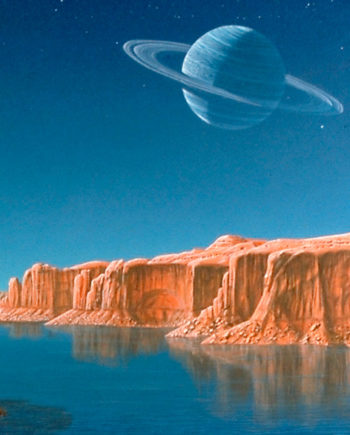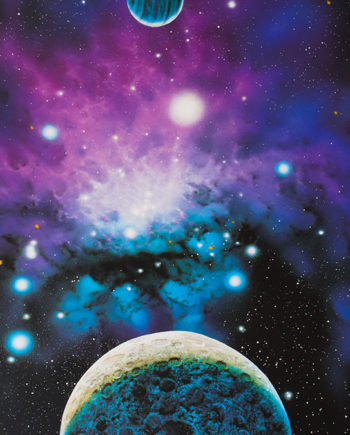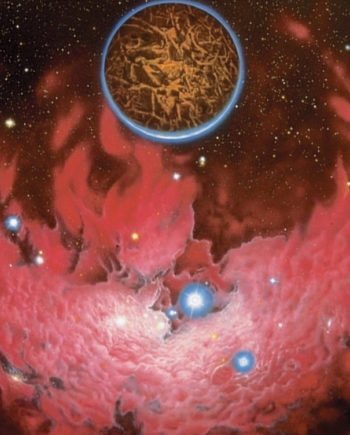Mercury 7 by George Bishop (Framed)
$1,995.00
SIGNED BY 6 MERCURY ASTRONAUTS AND BETTY GRISSOM!
Individually hand-signed by SIX of the original Mercury 7 astronauts, plus Betty Grissom (Gus’ widow), this beautiful print features a Mercury-Redstone launch, shadowy portraits of the seven astronauts in the exhaust cloud, and detailed images of the patches of the six flown missions.
The five astronauts who flew, and Betty, all signed largely and clearly in pencil (that won’t fade) next to their respective mission patches, while Deke Slayton (who did not fly a Mercury mission) signed above the NASA logo. Signers are Alan Shepard, Betty Grissom (Gus’s widow), John Glenn, Deke Slayton, Scott Carpenter, Wally Schirra, and Gordon Cooper.
This print and its companion Apollo Soyuz were published originally to inaugurate and finance the Mercury Seven Foundation (now the Astronaut Scholarship Foundation), a non-profit national scholarship fund formed by the Mercury astronauts for promising young students in science and technology.
Print #1353 out of an edition of 1500. Signed and numbered.
COA included.
Framed as shown: 40.25”x30.25”
In stock









Alan Brill –
I have number 391 of the 1500 examples of George Bishop’s Mercury 7 art. I am very proud to own it and to display it.
I had the opportunity to work at the NASA Manned Spacecraft Center (now the Johnson Space Center) in Houston during the Apollo program as a member of the systems design team for the computer programs that kept the space center running properly during a mission. During that time, my office was located in the same building as the Astronaut Office, so I got to meet some of the men who had been in Mercury and went on to fly on Gemini and even, in the case of Alan Shepard, to walk (and hit a golf ball) on the moon .
You have to understand that getting sealed in the Mercury capsule and being on top of a Redstone or Atlas missile took tremendous bravery. You may remember that there were quite a few cases in which satellite launches resulted in on-pad explosions.
The people at NASA working on the Mercury, Gemini and Apollo programs were largely a bunch of 20-something and 30-something engineers, scientists and technicians. None of us had sent a man into orbit or to the moon. But we believed in the ethos which could be defined by the words attributed to Flight Director Gene Kranz in the Apollo 13 movie (but which he said weren’t his words, but based on what he told the script writers) — failure was not an option.
It’s hard to express how basic the technology was in those early days. The people who were there at the time told me that the Mercury capsules were pretty much hand-built with basic electronic components. There was no computer in Mercury capsules. (Even on Apollo, the computers on the command and lunar modules had about a millionth of the power and storage of today’s low-end computers.
So in looking at this art, and if you decide to buy it, please keep in mind that while none of the Mercury 7 astronauts are still alive, they deserve to be remembered for their courage and their contributions to the space program